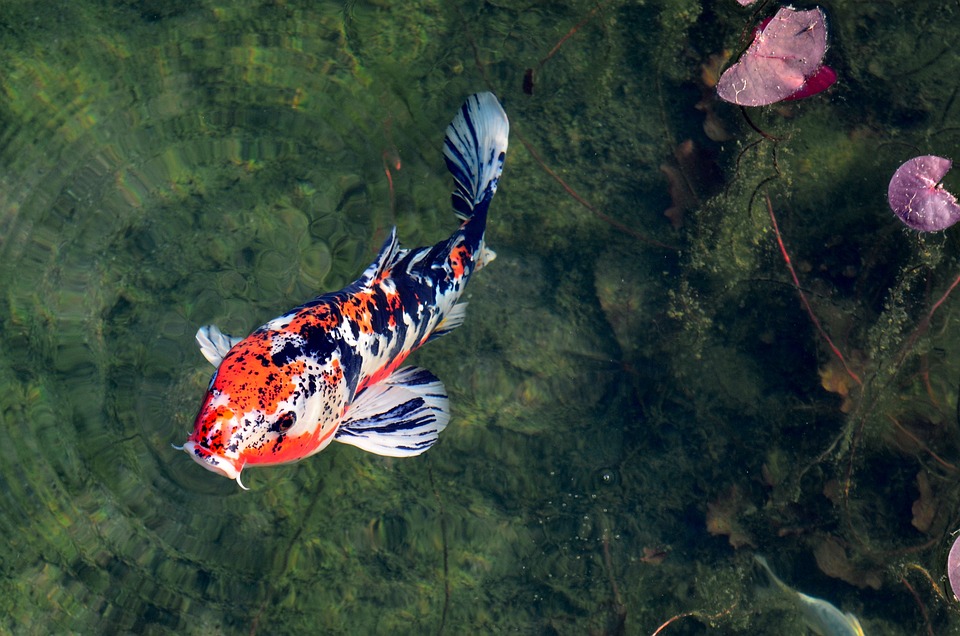[ad_1]
Sake, a traditional Japanese rice wine, has been brewed for centuries using time-honored techniques. However, as technology and understanding of brewing processes have advanced, modern methods have emerged that aim to improve efficiency and quality. In this article, we will explore the differences between traditional and modern sake brewing techniques.
Traditional Sake Brewing Techniques
Traditional sake brewing techniques have been passed down through generations and are deeply rooted in Japanese culture. The process begins with the polishing of the sake rice to remove the outer layers, leaving behind the starchy core. The polished rice is then washed and steamed to prepare it for fermentation.
Next, koji mold, known as Aspergillus oryzae, is added to the rice to convert the starches into fermentable sugars. This is a crucial step in the process and is responsible for the unique flavor profile of sake. The koji rice is then mixed with yeast and water to start the fermentation process. The mixture is allowed to ferment for several weeks before being pressed to extract the sake.
Throughout the entire brewing process, traditional methods emphasize the importance of craftsmanship and attention to detail. Sake brewers, known as toji, rely on their expertise and intuition to guide the fermentation and ensure the quality of the final product.
Modern Sake Brewing Techniques
As technology has progressed, modern sake breweries have introduced new methods and equipment to streamline the brewing process and improve consistency. One of the most significant advancements is the use of machinery for polishing the rice, which allows for greater precision and efficiency.
In addition, modern breweries have adopted temperature-controlled fermentation tanks and other advanced equipment to closely monitor and control the fermentation process. This level of control can result in a more consistent and predictable outcome, which is highly valued in the commercial sake industry.
While some modern breweries still incorporate traditional techniques, there is a growing trend towards automation and standardization in sake production. This shift has sparked debate within the industry about the impact of modernization on the quality and character of sake.
Conclusion
Traditional and modern sake brewing techniques each have their own unique strengths and challenges. While traditional methods are deeply rooted in Japanese culture and emphasize craftsmanship and intuition, modern methods offer improved efficiency and consistency through the use of advanced technology.
Ultimately, the choice between traditional and modern brewing techniques comes down to the goals of the sake brewery and the preferences of the consumers. Some may value the time-honored traditions and unique flavors of sake brewed using traditional methods, while others may prioritize consistency and efficiency offered by modern techniques.
As sake continues to gain popularity worldwide, both traditional and modern sake brewers play a crucial role in preserving and evolving this ancient beverage for future generations to enjoy.
FAQs
What is the role of koji in sake brewing?
Koji mold, or Aspergillus oryzae, is used to convert the starches in rice into fermentable sugars during the sake brewing process. This is a crucial step that contributes to the unique flavor profile of sake.
How do traditional and modern sake brewing methods differ?
Traditional sake brewing methods emphasize craftsmanship and attention to detail, while modern methods incorporate advanced technology and equipment to improve efficiency and consistency.
Which is better, traditional or modern sake?
The choice between traditional and modern sake comes down to personal preferences. Some may value the time-honored traditions and unique flavors of traditional sake, while others may prefer the consistency and efficiency offered by modern methods.
[ad_2]




Comments